As data becomes more integral to the success of business operations, data governance frameworks can help organizations manage data effectively while mitigating risk, improving data quality, and reducing data complexity. By understanding data management challenges and applying the hub-and-spoke data governance framework, organizations can achieve their data objectives quickly and efficiently.
- Data Governance Framework Definition
- Types of Data Governance Frameworks
- Benefits of Implementing a Data Governance Framework
- Tools & Resources Available For a Successful Implementation – Industry Best Practices To Follow
- Conclusion
Data Governance Framework Definition
The data governance framework is a holistic approach to data management that sets data policies, assigns roles and responsibilities, creates mechanisms for data sharing, develops processes for data access and usage, establishes data quality measures, creates audit trails, and more. This comprehensive strategy ensures all aspects of managing data are addressed in order to mitigate risk while also enabling efficient use of existing resources.
The core purpose of the data governance framework is to provide an efficient structure that defines who has control over what type of data, and how it is managed and used. Within this framework roles and responsibilities are assigned for different types of datasets including those related to customer segmentation or product analytics. The framework also outlines processes for accessing or sharing data such as permissions granted by roles or approvals from higher-level executives. Additionally, it establishes measures for ensuring data accuracy such as audit trails or automated checks that flag discrepancies in the collected information.
Types of Data Governance Frameworks
There are several different types of data governance frameworks available today. Organizations should assess their needs before choosing one that aligns most closely with their goals. Here are some common examples:
Hub-and-Spoke Model:
This type of framework allows centralized oversight with local flexibility so teams can achieve quick wins without compromising organizational goals. It assigns roles and responsibilities while creating mechanisms for allowing access or sharing certain types of information.
Data Asset Management (DAM) Model:
With this model, organizations have full control over the lifecycle stages of their digital assets including designating when they’re created, used, and retired. It helps organizations maintain consistency across multiple departments or locations using asset guidelines established by senior leadership within the organization.
Quality & Compliance Model:
This model focuses on ensuring accuracy in collection practices as well as compliance with regulatory requirements involving personal information (e.g., GDPR). It outlines procedures for identifying areas where policy changes need to be made as well as processes for monitoring ongoing compliance with these policies after implementation.
Enterprise Data Warehouse Model:
This model involves establishing a centralized repository where all enterprise-wide information is stored making it easier to access at any time when needed throughout the organization (e.g., sales analysis). This type of model also allows organizations to create automated reports that make use of existing reporting tools within the organization like Power B.I. or Tableau dashboards which can be used by teams within different departments or locations depending on the permissions they have been granted under this model’s guidelines.
Benefits of Implementing a Data Governance Framework
Having an effective data governance framework in place will enable your organization to better understand its customers’ needs as well as identify trends that could impact process improvement initiatives in terms of cost savings or efficiency gains related to operations or product launches/updates.
Furthermore, having a consistent approach toward how you manage your digital assets will ensure you maintain high standards concerning their accuracy, availability, reliability, integrity, security, privacy, etc … thereby helping eliminate potential risks associated with poor decision-making due to inconsistent application of these standards.
Additionally, having clear visibility into who has access/control over certain datasets enables businesses to realize operational efficiencies associated with reduced overhead costs related to manual efforts required when dealing with multiple versions copies/duplicates being generated due to utilization/dissemination by different stakeholders.
Finally, having a centralized repository where all datasets pertaining to your business operations reside makes it easier to track & trace any changes made enabling businesses to react faster in case something goes wrong preventing further damage from occurring while providing verifiable evidence through audit trails if necessary.
Tools & Resources Available For a Successful Implementation – Industry Best Practices To Follow
Tools such as CloudKeeperOne provide powerful features for monitoring all activities related to digital assets stored within cloud environments ensuring proper implementation methods have been adhered to during onboarding/movement throughout lifecycle stages.
Similarly, services like Collibra allow teams to gain insights into relationships between various datasets helping them identify new opportunities and take advantage of developments and trends being seen by industry peers giving them an edge over the competition.
On another hand, best practices should follow to enable successful implementations such as resource Center Data Governance providing guidance in designing policy frameworks and structure initiatives tailored specific needs of each particular organization. Guidelines concerning consent management (i . e stating why customer data is being collected, how it will be used, who has access to it etc …) should also be taken into account when designing data governance frameworks.
Conclusion
The data governance framework provides an effective way of ensuring data accuracy & security as well as compliance with regulatory requirements while providing organizations insights into their customers’ needs and helping them realize operational efficiencies through reduced overhead costs associated with manual efforts required for data management.
It is important for organizations to have proper tools & resources in place to ensure successful implementations are achieved while adhering to industry best practices in order to maximize the benefits from such initiatives.







Leave a Reply